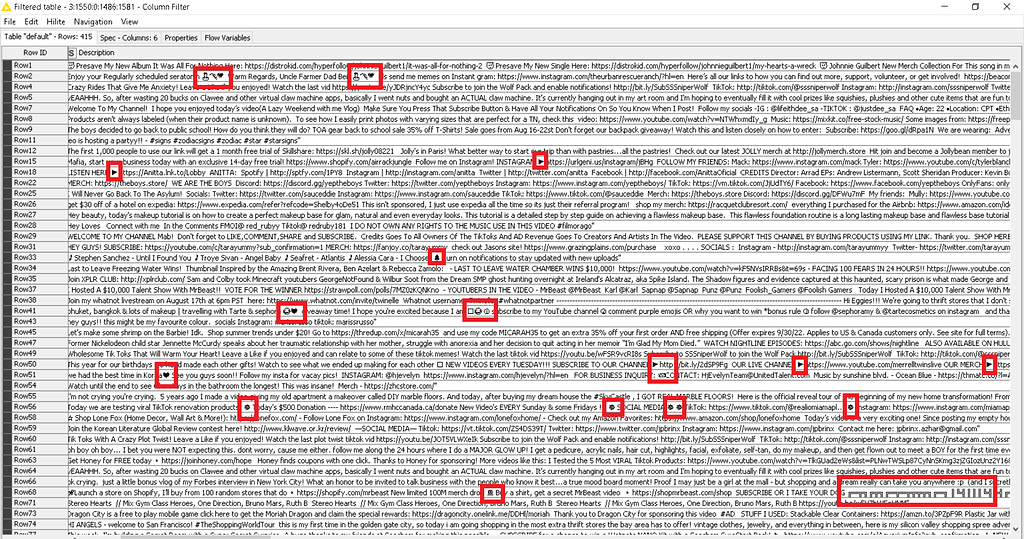
The delete operator returns the memory allocated to an object back to the memory pool to be reused. The type of the object to be allocated follows the new operator The new operator allocates sufficient memory to store one or more objects of the specified type.

Something is static if it happens at compile-time and/or is controlled by the compiler.Īllocation of data via new is called dynamic allocation of data.ĭynamically allocated memory is controlled through the two operators new and delete Something is “dynamic” if it happens at run-time, under control of the program. Programmers often distinguish between “dynamic” and “static” activities: Note the slightly different forms for arrays versus single instances. We allocate data with new and remove it with delete: int *p = new int

Suppose that we were executing this code, and had just come to the call to resolveAuction within main. Stack the value just under that one, and so on. the activation stack) used to track function calls at the system level,
ILLEGAL INDEX INDIRECTION NOT ALLOWED C CODE
Would compile into a block of code equivalent to stack = stack + stack - 1 But the programmer has the responsibility for managing data stored there.The heap is a programmer-controlled “scratch pad” where we can store variables The block is created when we enter the function body.All copy parameters and local variables for the function are stored in that block.activation stack or automatic storage) has a block of storage for each function that has been called but from which we have not yet returned. Variables declared outside of any enclosing or marked as static.The static area holds variables that have a single fixed address for the lifetime of the execution. The memory of a running C++ program is divided into three main areas: Same as the affect of const on references OldPrice->cents = 0 // illegal, cannot change value We are allowed to look at the data value whose address is stored in the reference.īut we cannot alter the data value via that reference Money price (24, 95) When we modify a pointer type by pre-pending “const”: Question: What would the output of the following code be? int a = 1 Ĭout << a << " " << *pa << " " << b << endl Subsequent assignments to a pointer variable will change the location it points to. Int totalCents = 100*p->dollars + p->cents The operator -> provides access to struct members via a pointer:.*p = Money(0,15) // and we can store there Money m = *p // * gets the whole data element The unary operator * provides access to the data whose location is stored in a pointer:.This won’t be available, however, until compilers take the C++11 features out of their beta status.Īccessing data whose address is stored in a pointer is called dereferencing the pointer. Hence the new standard introduced a better-behaved universal null pointer constant. Not only do you have to include a special header to get it, but there are some rare circumstances where passing it to functions that take a pointer as parameter will not compile properly. However, if we declare a reference within a loop body:Ĭoming soon, courtesy of the new C++11 standard int *p = nullptr.Once initialized, a reference cannot be reset to a different location. A change to one can be seen via the other.



 0 kommentar(er)
0 kommentar(er)
